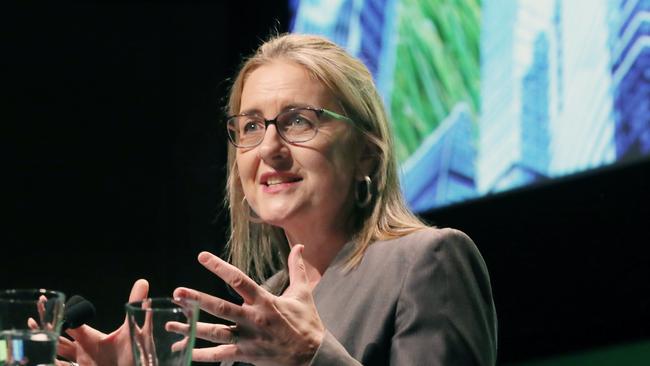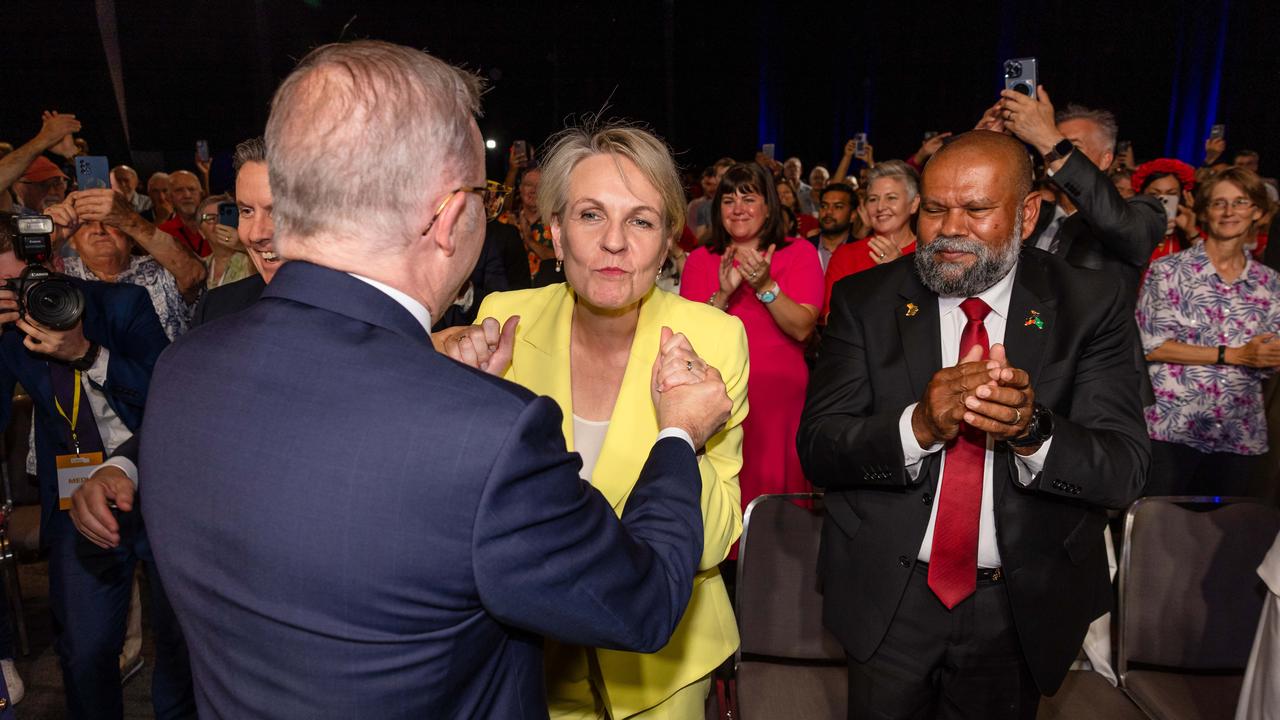Scrutiny for Victorian Premier Jacinta Allan over rate at which public sector is growing


They should be asking Labor leader Jacinta Allan to explain why the number of state employees has jumped by 60 per cent since 2008 – twice the pace of population growth, and what she plans to do about it.
This growth has been on an unsustainable trajectory for years, yet there was no glimmer of restraint under former leader Daniel Andrews.
Victoria’s gross debt to revenue is estimated to be almost 200 per cent this financial year and increase to 225 per cent over four years. The debt servicing burden will rise to more than 8 per cent as a share of revenue by 2027, or twice pre-pandemic level.
The $200bn set to be wasted on Victoria’s Suburban Rail Loop looks even more outrageous in this context.
S&P Global Ratings has been warning of the ballooning public wages bill since 2016 – well before the Covid-19 pandemic left the state’s finances in tatters.
In contrast, NSW under Liberal leadership has increased the public sector headcount by 28 per cent over the 15-year period, or not too far above the 20 per cent lift in the number of people.
As independent economist Saul Eslake says, it’s difficult to assess the “right” size for a public service workforce, and the choice, in the end, is political. No wonder, then, that the bureaucratic wages bill waxes and wanes depending under the alternating Labor and Liberal state leaderships.
The fact that political ideology is such a key driver in the size and scope of state bureaucracies is concerning, as it suggests politicians have only a loose grip on how to properly gauge the size of their state bureaucracies, other than to say “more” on the left, and “less” on the right.
Complicating the task is the broad range of jobs – from frontline workers such as police, nurses and teachers, to the desk jobs responsible for operating the machinery of the state. Both are necessary, but the former must be preferred over the latter.
So are taxpayers getting value for money for all the extra taxpayer dollars? Most pressingly, are Australians – and Victorians especially given the enormous lift in the number and cost of state workers – receiving substantially improved services?
A brief survey of the Productivity Commission’s report cards across areas such as hospital beds, crime stats and student outcomes suggests the answer is “no”.
This is only a superficial assessment, but it chimes with what most Australians right around the country would feel and experience in their everyday lives.
From this assessment, then, the two obvious solutions present themselves: spend less – or at least restrain the growth in spending – and spend better.
Spending less is politically fraught, particularly as populations expand and age, and the demand for services increases.
NSW Labor premier Chris Minns recognises the challenge. His first budget in September promised government expenditure would lift by only 0.8 per cent a year over the coming four years, despite also boosting essential services staff, removing the public sector wages cap, and the ongoing inflationary pressures. Ratings agency Moody’s Investors Service at the time made clear it thought this projected spending restraint would be “difficult” to achieve.
The only other paths are to raise taxes in order to keep pumping money into state bureaucracies, dragging on economic vibrancy, and borrow from future Australians to fund today’s profligacy.
Neither of these options is sustainable or responsible.



Victorians should be alarmed with the extraordinary growth in the size of their state public workforce.